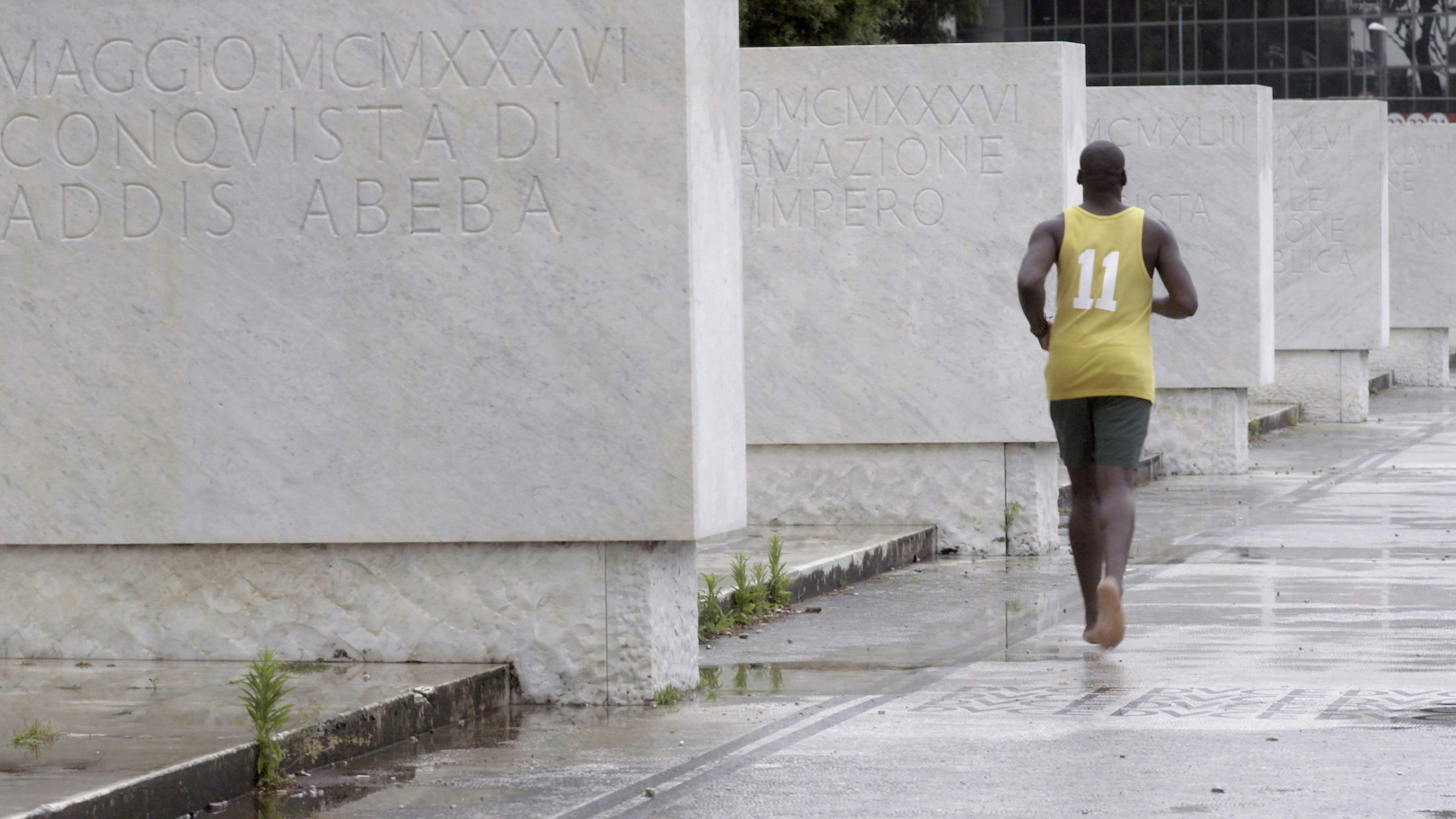A Difficult Heritage: The Afterlife of Fascist-Era Architecture, Monuments, and Works of Art in Italy

Nina Fischer and Maroan el Sani, still from Freedom of Movement, 2018
Many urban projects realized during the Ventennio remain part of the Italian landscape and, together with architectural monuments and works of art, create a constellation of surviving images of Fascist visual culture in contemporary Italy. As part of the national cultural heritage these artifacts are protected by preservation laws. However, in the ambiguous process whereby Italy confronts its Fascist and colonial past, they have also become a nexus of critical debate and political struggle.
The two-day conference focuses on the material history of Fascist-era works of art, monuments and architecture in Italy, and examines their afterlife and reception in the longue durée. In order to frame the contemporary debate, a transdisciplinary approach and a historical perspective will take as its starting point the iconoclasm following the Fall of the Regime (July 25, 1943). Papers will explore the ambiguous transition from Fascism to the Republic and the dynamics of postwar censorship. Moreover, the critical examination of artistic historiography, together with the main narratives of the history of Italian art, aims to underline elements of continuity throughout the twentieth century. It also permits a reexamination of the damnatio memoriae implicating some of the artists close to the Regime and the role played by private collections in the preservation and survival of Fascist-era works of art.
Probing the theoretical concept of “difficult heritage” in relation to the peculiarities of the Italian case, and in a comparative perspective with other nations, the conference addresses issues of restoration, display, and critical preservation of Fascist-era artifacts located in public and institutional spaces. The event aims to foster a discussion open to different disciplines such as history, history of architecture, heritage studies, literature, philosophy, and anthropology, and to examine the potential contribution of art history to the topic. Strategies of memorialization and the role of contemporary art interventions will be discussed in an open dialogue with artists focusing on political monuments and multilayered memories in public space.
Day 1
Monday, March 11, 2019
10:00am–5:00pm
Bibliotheca Hertziana, Max-Planck-Institut für Kunstgeschichte
Villino Stroganoff, Via Gregoriana, 22, Rome
Day 2
Tuesday, March 12, 2019
10:00am–5:00pm
American Academy in Rome
AAR Lecture Room, via Angelo Masina, 5, Rome
Presentations will be held in English and Italian. The conference and the discussion are open to the public. No registration required. You can watch the event live at https://livestream.com/aarome.
Concept and organization: Carmen Belmonte, 2019 Italian Fellow, American Academy in Rome.
The project is made possible in part by the Fellows’ Project Fund of the American Academy in Rome.
Monday, March 11–Tuesday, March 12, 2019